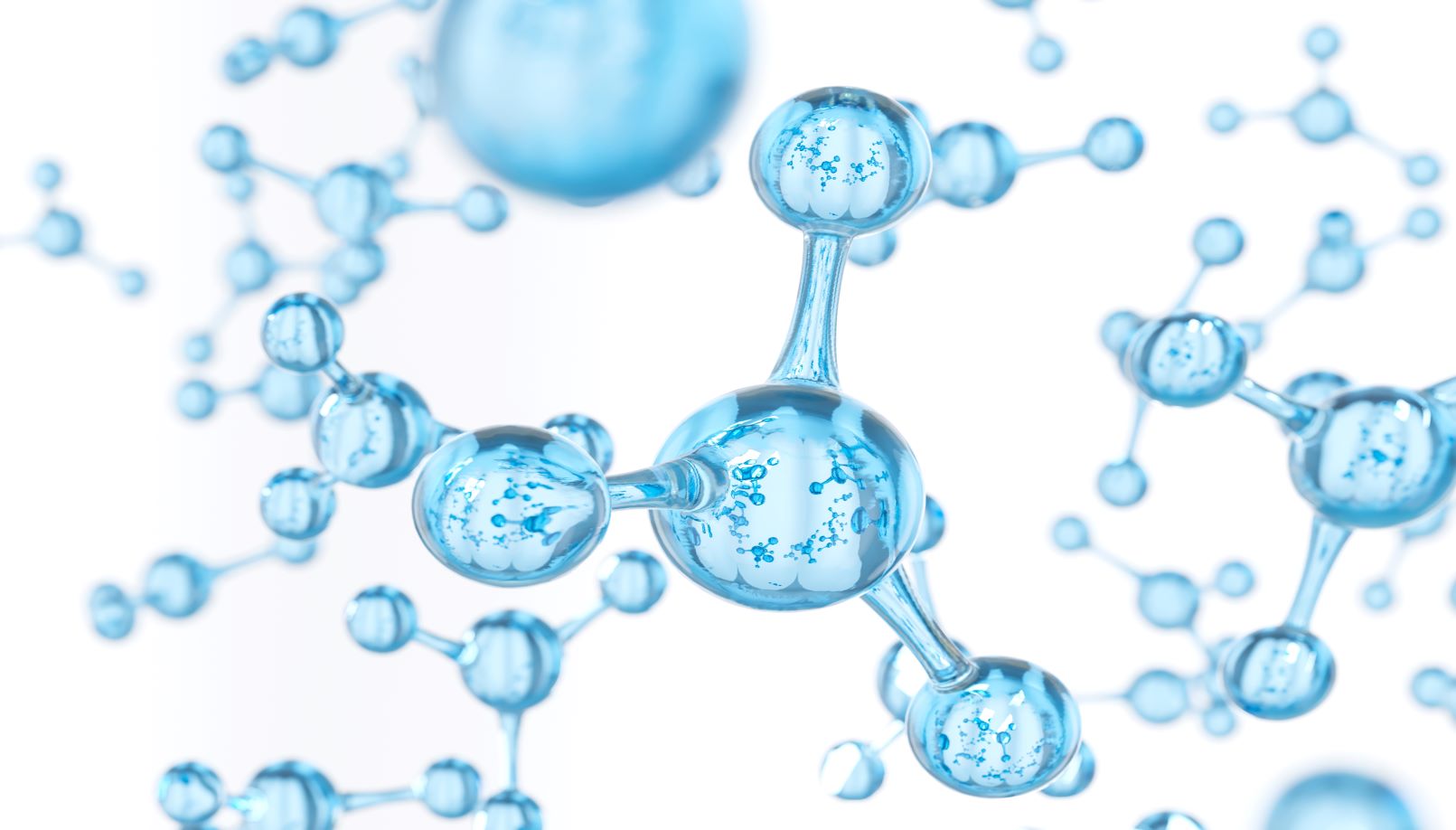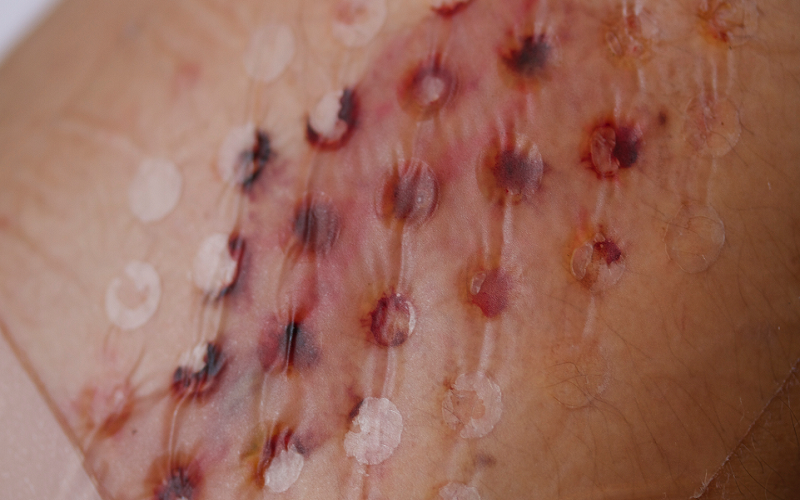
- 26 Feb, 2022
- /
- Category:
- Hydrogels
- Medical Device Fixation
Conductive Hydrogels and Their Multiple Medical Applications
Bill Fraser, Product Development Scientist, Scapa Healthcare
Hydrogels are widely utilized within advanced wound care. Their unique and highly tuneable properties allow them to be applied to solve many of the issues faced in the medical field. Conductive hydrogels are a material of particular interest, owing to their ability to pass electrical currents to the skin.
As most hydrogels have a naturally high water content, they are also naturally conductive. This performance can be increased by doping the gel with various active ingredients that improve their conductivity. There are a wide range of compounds that can be used to increase a hydrogels conductivity, including metal nanoparticles, graphene, and conductive polymers.
One application that has already seen some success, is the use of conductive hydrogels as adhesives for medical probes and electrodes. The benefit of a hydrogel over any other adhesive, is the skin friendly mode of action. A hydrogel can have its adhesion tuned to firmly attach medical devices to skin, without forming a bond strong enough to cause trauma on removal.
Conductive hydrogels do not impede the flow of electricity from the medical device. In fact, as hydrogels are soft and flexible, their surface can mould against the patient, improving contact and therefore improving flow. Heavy or bulky devices also benefit from the soft cushioning properties of a hydrogel, allowing for more comfortable wear.
Hydrogels have been shown to evenly distribute a current across the surface of a wound. This makes them well suited to electrical stimulation (ES) wound healing, which is the use of currents to reduce infections, increase perfusion and speed up cutaneous wound healing. A medical practitioner can ensure the entire wound gets the same level of ES, allowing the wound to heal evenly.
Conductive hydrogels have been shown to improve wound healing even when not under ES. This is thought to be because the gel supports the better transport of molecules and ions between cells on the wound bed.
Moving towards the cutting edge of medical science, conductive hydrogels have been shown to be applicable towards tissue engineering, in the repair of nerve damage. For this application, it is the self-building nature of the hydrogel that makes it better than other materials. A hydrogel solution can be injected into the damage site, where it then reacts and forms a solid gel. This gel is able to mimic the nerve, passing electrical signals across the damaged area and promoting regrowth.
Due to its biocompatibility properties and similarities to the human tissue, conductive hydrogels have a huge potential in several medical applications including treating nerve damage, reversing brain damage and more.
Scapa Healthcare offers a full range of proprietary hydrogel formulas with different adhesion, absorption, moisturization and cooling effects levels and has the ability to customize new hydrogel formulas to meet specific user requirements. To learn more about Scapa Healthcare’s Hydrogel technology and its medical applications, contact us directly at healthcare@scapa.com.
___________________
References –
- Recent Progress in Natural Biopolymers Conductive Hydrogels for Flexible Wearable Sensors and Energy Devices: Materials, Structures, and Performance, Chen Cui, Qingjin Fu, Lei Meng, Sanwei Hao, Rengang Dai, and Jun Yang, ACS Applied Bio Materials 2021 4 (1), 85-121
- Conductive Hydrogels—A Novel Material: Recent Advances and Future Perspectives, Kaiquan Liu, Shan Wei, Longxiang Song, Hongling Liu, and Tengfei Wang, Journal of Agricultural and Food Chemistry 2020 68 (28), 7269-7280
- Functional Conductive Hydrogels for Bioelectronics, Fanfan Fu, Jilei Wang, Hongbo Zeng, and Jing Yu, ACS Materials Letters 2020 2 (10), 1287-1301
- Injectable Antimicrobial Conductive Hydrogels for Wound Disinfection and Infectious Wound Healing, Yongping Liang, Baojun Chen, Meng Li, Jiahui He, Zhanhai Yin, and Baolin Guo, Biomacromolecules 2020 21 (5), 1841-1852
- Conductive Hydrogel for a Photothermal-Responsive Stretchable Artificial Nerve and Coalescing with a Damaged Peripheral Nerve, Mei Dong, Bo Shi, Dun Liu, Jia-Hao Liu, Di Zhao, Zheng-Hang Yu, Xiao-Quan Shen, Jia-Min Gan, Ben-long Shi, Yong Qiu, Chang-Chun Wang, Ze-Zhang Zhu, and Qun-Dong Shen, ACS Nano 2020 14 (12), 16565-16575

